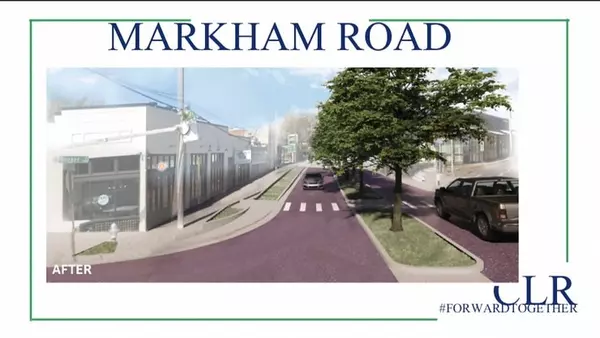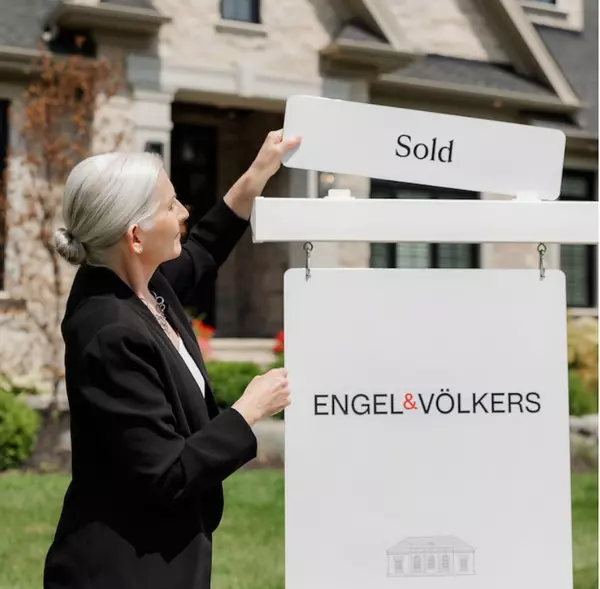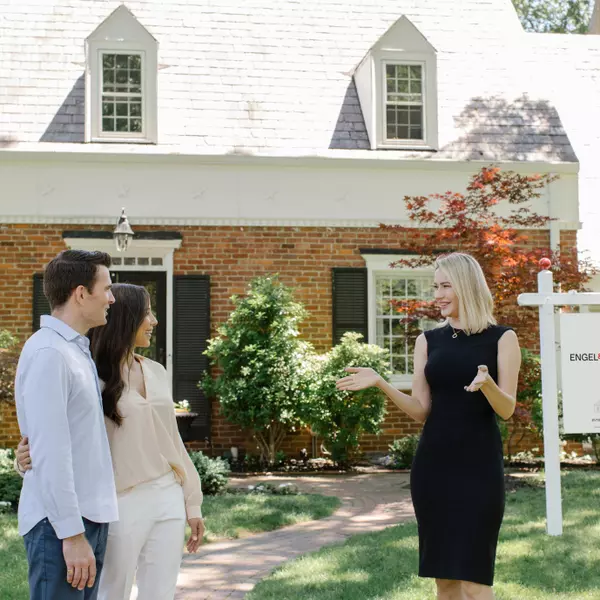Reimagining Markham: A Safer, Smarter Street for Little Rock’s Future
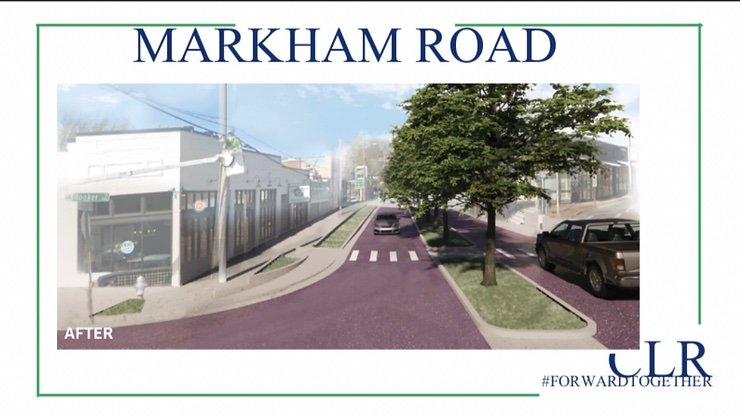
Across the country, cities are rethinking how their streets function—and who they serve. Through “road diets,” communities are trading in wide, car-centric corridors for safer, more walkable, more connected streets. And Little Rock? We’re doing it too.
We’ve already seen successful transformations on streets like 12th, Main, Chester, and West Daisy Bates. Now, the city is setting its sights on a stretch of Markham Street that’s long overdue for a refresh: from Cedar to Pearl.
A Street That Divides
Right now, this portion of Markham acts more like a dividing line than a neighborhood connector. Four lanes of fast-moving traffic combined with steep hills and poor sight lines make it dangerous for everyone—drivers, pedestrians, and cyclists alike. There’s no on-street parking, almost no walkable access to local businesses, and very little reason for residents to engage with the corridor at all.
On one side, you’ve got Hillcrest. On the other, Capital View. But between them? A stretch of road that feels like a barrier.
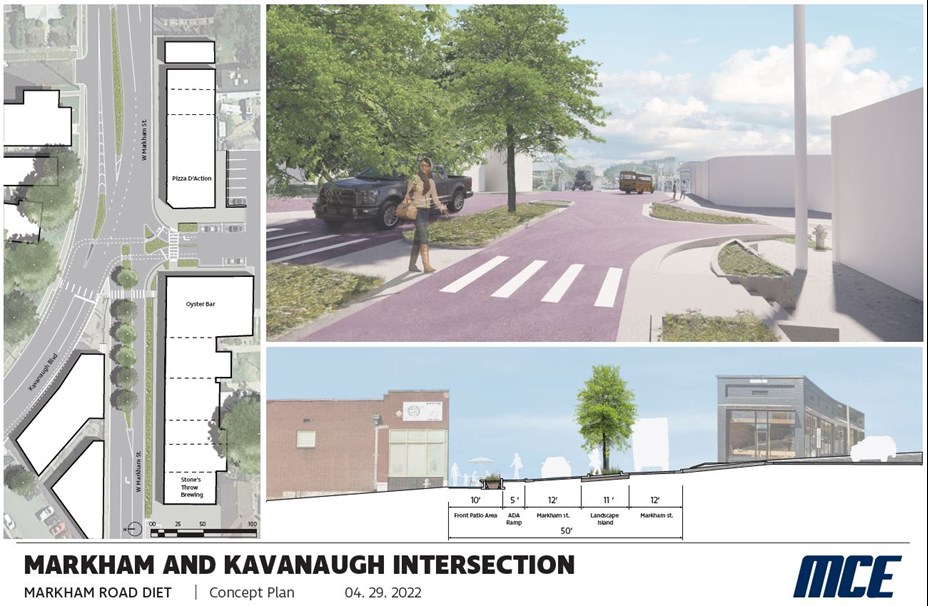
The Plan for Progress
That’s changing. With more than $2 million already secured and final signoff from ARDOT on the horizon, Little Rock is moving forward with a full redesign of this corridor.
Here’s what’s coming:
-
Reduction from four lanes to two, with a dedicated center turn lane
-
Brand-new bike and pedestrian infrastructure
-
A safer, more accessible layout for all users
Construction is expected to kick off in mid-2026 and should wrap in about six to eight months.
What This Really Means
This isn’t just a traffic project. It’s a neighborhood reconnection effort.
By making this corridor safer and more inviting, we create easier access between two historic neighborhoods, open up opportunities for reinvestment—especially in Capital View—and make life a little easier (and a lot more walkable) for everyone who lives nearby.
Why It Matters
Nationally, we’ve seen this play out before. Streets that prioritize people—on foot, on bikes, in strollers—don’t just feel better. They perform better. Studies show:
-
Homes in walkable neighborhoods see higher property values.
-
Sidewalks and bike lanes attract a broader, more diverse mix of residents and visitors.
-
Small businesses see more foot traffic and stick around longer.
-
Communities benefit from more balanced growth and fewer commercial vacancies.
And when done right, these kinds of infrastructure projects can act as a catalyst for real, long-term neighborhood health—socially and economically.
Looking Ahead
Markham has always been a street that should bring people together. Now, it finally can.
This is what progress looks like: smart investments, thoughtful design, and a focus on the people who call these neighborhoods home. We’re building more than just a better street—we’re building a more connected, more vibrant Little Rock.
Recent Posts



